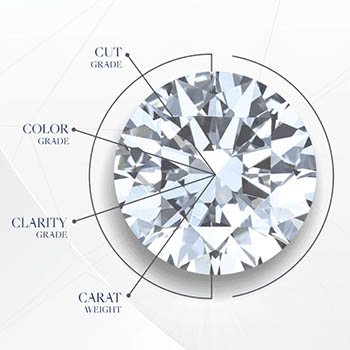The Four Cs of gemstones are a widely recognized and accepted standard for assessing the quality and value of a gemstone. The Four Cs refer to the cut, clarity, color, and carat weight of a gemstone. Understanding these four factors can help both jewelers and consumers to make decisions when it comes to buying or selling gemstones.
In addition to the Four Cs, there are other factors that can affect the value and quality of a gem. For example, the origin of a gemstone can impact its value, as certain regions are known for producing particularly high-quality stones. The rarity of a gemstone can also affect its value, as can its history and provenance.
